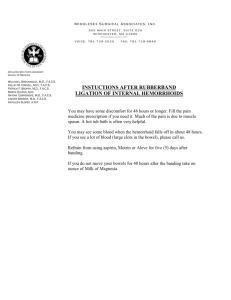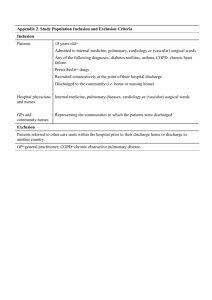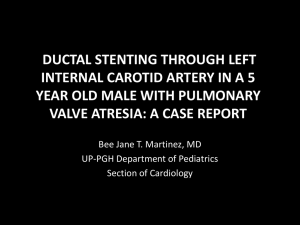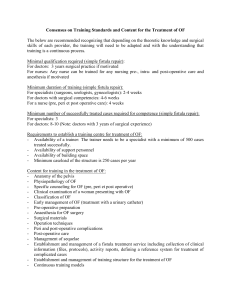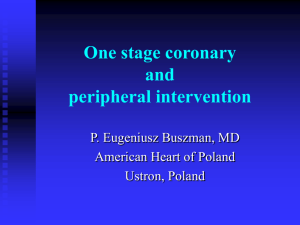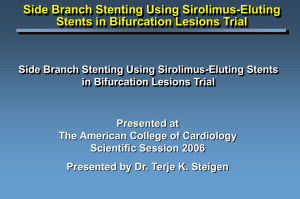univentricular or biventricular repair after
advertisement
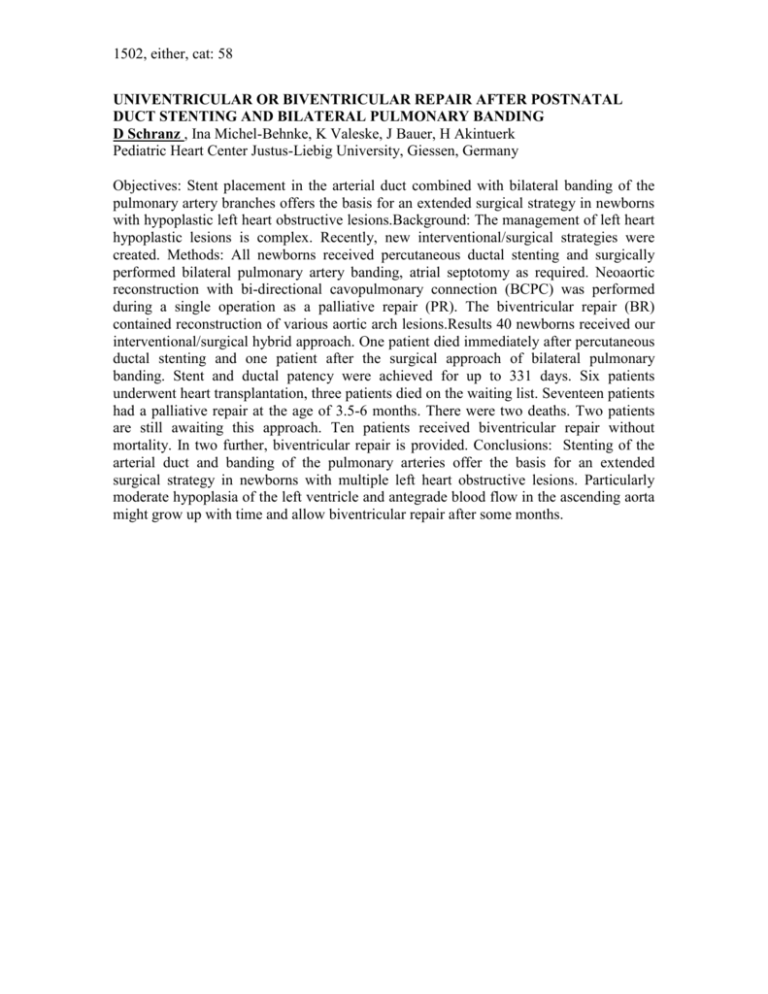
1502, either, cat: 58 UNIVENTRICULAR OR BIVENTRICULAR REPAIR AFTER POSTNATAL DUCT STENTING AND BILATERAL PULMONARY BANDING D Schranz , Ina Michel-Behnke, K Valeske, J Bauer, H Akintuerk Pediatric Heart Center Justus-Liebig University, Giessen, Germany Objectives: Stent placement in the arterial duct combined with bilateral banding of the pulmonary artery branches offers the basis for an extended surgical strategy in newborns with hypoplastic left heart obstructive lesions.Background: The management of left heart hypoplastic lesions is complex. Recently, new interventional/surgical strategies were created. Methods: All newborns received percutaneous ductal stenting and surgically performed bilateral pulmonary artery banding, atrial septotomy as required. Neoaortic reconstruction with bi-directional cavopulmonary connection (BCPC) was performed during a single operation as a palliative repair (PR). The biventricular repair (BR) contained reconstruction of various aortic arch lesions.Results 40 newborns received our interventional/surgical hybrid approach. One patient died immediately after percutaneous ductal stenting and one patient after the surgical approach of bilateral pulmonary banding. Stent and ductal patency were achieved for up to 331 days. Six patients underwent heart transplantation, three patients died on the waiting list. Seventeen patients had a palliative repair at the age of 3.5-6 months. There were two deaths. Two patients are still awaiting this approach. Ten patients received biventricular repair without mortality. In two further, biventricular repair is provided. Conclusions: Stenting of the arterial duct and banding of the pulmonary arteries offer the basis for an extended surgical strategy in newborns with multiple left heart obstructive lesions. Particularly moderate hypoplasia of the left ventricle and antegrade blood flow in the ascending aorta might grow up with time and allow biventricular repair after some months.
